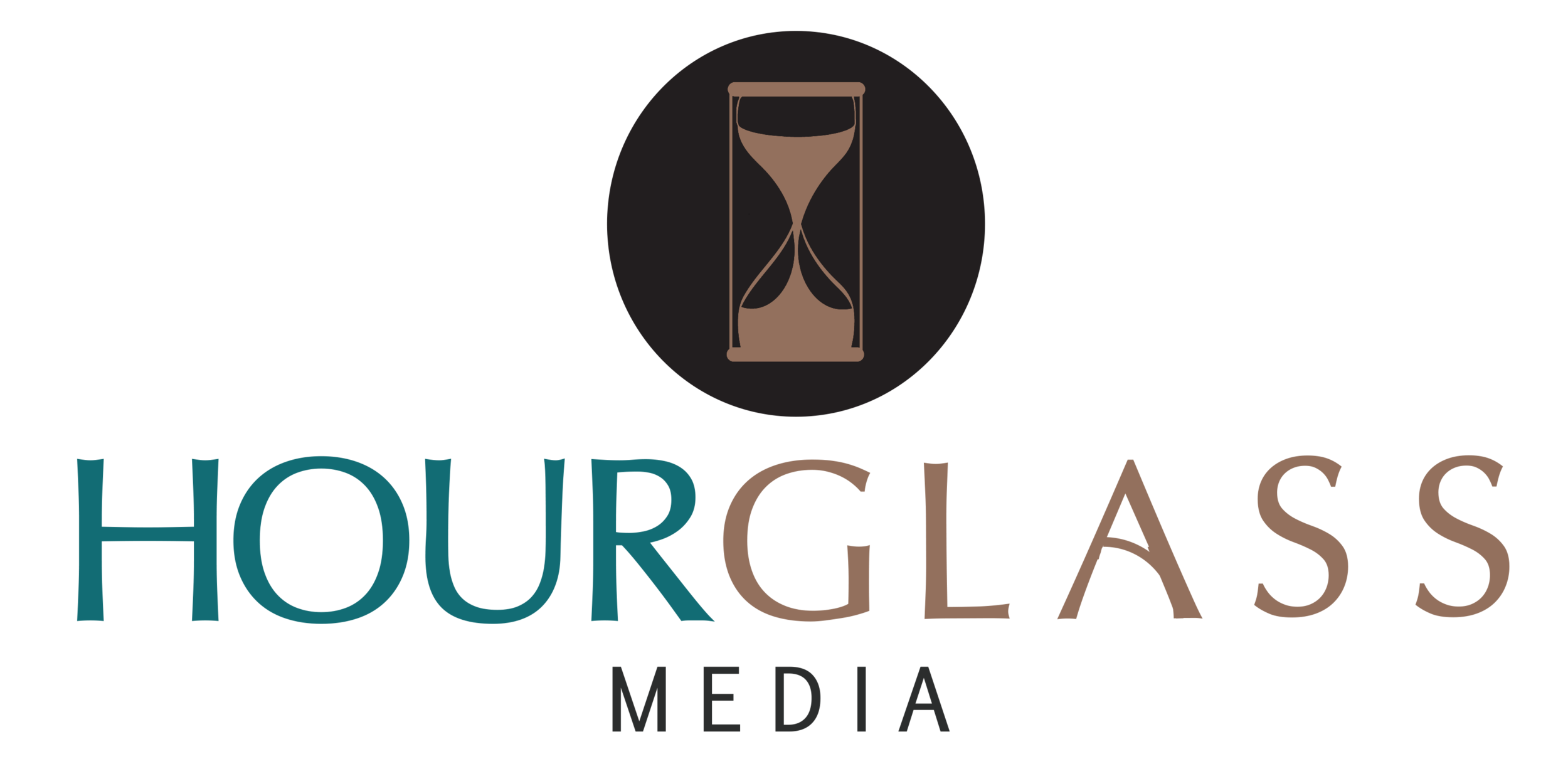Using Behavioral Communications
⌛ By Kaylin R. Staten ⌛
I remember sitting in my psychology class in college, pondering why I needed to actually have this class. After all, I was going to be a public relations practitioner, so these “extra” classes weren’t beneficial.
Needless to say, I was wrong.
The psychology behind actions, behaviors, thoughts, and other processes cannot be overstated. As PR practitioners, we employ behavioral communication and other psychology practices in everything we do. We collaborate with internal and external stakeholders to present messages to other key audiences. We could be launching a new product, advocating for a cause, promoting an event, articulating a success story, asking for donations to a nonprofit, or just trying to create a boundary.
First and foremost, what is behavioral communication? It is “a variable of individual differences concerning the use of behaviors that indirectly express one's feelings, needs, and thoughts, as a substitute for more direct and open forms of communication.”
All of us use behaviors to communicate. When a baby cries, it could mean one of several things: hunger, a dirty diaper, fatigue, boredom, teething, an injury, etc. When adults employ positive or negative behaviors, we can also deduce the meanings behind these actions.
If you’re a PR practitioner, small business owner, or just a human trying to convey a thought in any situation, using behavioral communication will create more comprehension and understanding. All of us have communicated a message and then witnessed it fall flat, offend someone, or be misunderstood.
At our cores, we want our messages to be seen, heard, and understood. Blending the art of two-way communication with the human science of comprehension will serve you and your audiences well.
Here are three ways you can use behavioral communication in your work and personal conversations and messages:
Know the five types of behavioral communication.
When you are planning or executing your message, it’s helpful to know which behavioral communication type makes up your audience. While a one-on-one behavioral encounter is easier to surmise, your larger groups could have similar tendencies as well. This is especially true as you market to B2B (business-to-business) and B2C (business-to-consumer) target audiences.
The four types of behavioral communication are:
Passive: not expressing your feelings or needs - defers to others for decision-making
Aggressive: expressing yourself at the expense of others, defensive
Passive-Aggressive: appearing passive on the outside but act out anger on the inside
Assertive: direct, honest communication
Some also add manipulative as a category. While these categories are helpful to uncover someone’s intentions, thoughts, and feelings, many of us belong in more than one category. Variables are also at play, but once you have a basic understanding of these types, you will be able to adjust your communications strategies accordingly.
Communicate for comprehension and understanding.
The positive move for more authentic communications is a welcome change, especially in the current age of misinformation. Many of our messages can get lost, no matter how truthful and accurate, when algorithms and behaviors gravitate toward other messages. The clutter can be overwhelming, and as communicators, cutting through that noise can almost become impossible.
For me, it matters when I am able to have a conversation with an actual human being. As artificial intelligence enters our everyday lives more and more, we crave human connection more than ever. So, craft messages that resonate with your audiences, who are people first. According to the Engagement Science Lab, NeuroPsychological Engagement, or NPE, is “communication that engages both the conscious and non-conscious mind with science-based techniques proven to accelerate agreement and change minds and behavior by limiting the interference of bias, backfire, decision fatigue, and cognitive overload.”
During the timely and relevant discussions on racial injustice for BIPOC, NPE becomes an essential Key Performance Indicator and an overall measurement. More than ever, we are focused on not creating bias and backfire with our communications. Communicators at small-to-large organizations are serving as catalysts for these changes, with
PRSA’s Voices4Everyone (V4E) focuses on amplification, connection, taking action in the realms of diversity and inclusion, disinformation, civility, and civic engagement.
Use BASIC and other evaluation methods to track your progress.
Using the aforementioned NeuroPsychological Engagement (NPE) will aid you throughout the RPIE process. Other methods will help you track behavioral communication, including focus groups, surveys, website visitors, social media engagement, and more qualitative and quantitative tactics.
Using the BASIC strategy will also help you as you develop your communications plans and assess your efforts:
B: Build Awareness
A: Advance Knowledge
S: Sustain Relevance
I: Initiate Action:
C: Create Advocacy
Stay tuned for more detailed topics centered on behavioral communications, as it’s a core element of public relations and what we do #behindthehourglass! What would you like to learn more about?
Kaylin R. Staten, APR, is an award-winning, accredited public relations practitioner and writer based in Huntington, WV, with 18 years of professional communications experience. As CEO and founder of Hourglass Media, she uses her compassionate spirit and expertise to delve into the heart of clients’ stories. She is a recovering perfectionist, mental health advocate, wife, boy + cat mom, and Leia Organa aficionado. Connect with Kaylin on LinkedIn.


